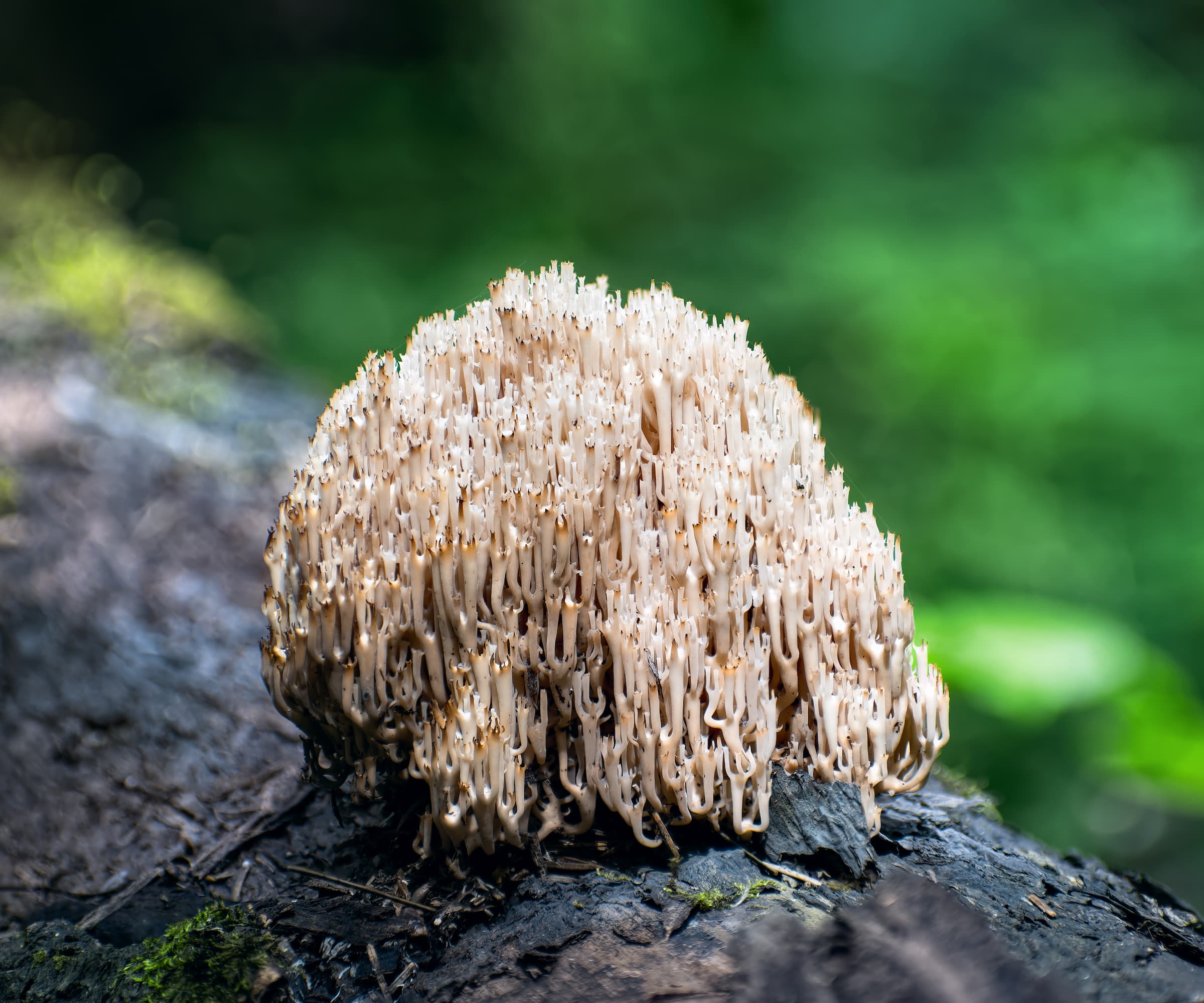Why this fungus could stop more than 1,800 homes being built
The Candelabra Coral fungus, once thought extinct, has been found in Kent’s South Blean Woods, potentially halting plans for a 1,800-home 'village'

The recent discovery of a rare Candelabra Coral fungus in South Blean Woods, Kent, is threatening to halt a large housing development.
The proposed Winterbourne Fields project, a 1,800-home "village" situated between Faversham and Canterbury, is now under scrutiny from environmental campaigners and local residents, who argue that the presence of the fungus highlights the ecological sensitivity of the area.
Planning permission for the site is now in jeopardy, despite the developers claiming the project would meet all biodiversity measures.
What is the Candelabra Coral Fungus?

The Candelabra Coral fungus, also known as crown-tipped coral fungus, is extremely rare and was once thought extinct in the UK.
Although commonly found in North America, it was believed to have vanished from the UK until its rediscovery in 2012 in Suffolk.
With only 14 sightings since 1883, Vicky Ellis, General Manager of Kent’s Council for the Preservation of Rural England (CPRE), expressed excitement over the discovery, stating: “It is a significant find, and illustrates just how valuable the woodland is and how little we know about what secrets it may hold.”
Ellis and her team believe the fungus’ presence is a strong indicator of the broader biodiversity in the area, further solidifying the case against development.
Bring your dream home to life with expert advice, how to guides and design inspiration. Sign up for our newsletter and get two free tickets to a Homebuilding & Renovating Show near you.
What was going to be built on the site?
The Winterbourne Fields project, spearheaded by developer Shaptor Capital, was set to transform 220 acres of low-grade agricultural land into a mixed-use development.
Plans included 1,815 homes, a 160-bed retirement village, 545 affordable housing units, shops, restaurants, and a primary school.
The developers also intended to build amenities such as sports pitches, cycling routes, and a 5km recreational trail. New infrastructure, including slip roads and roundabouts, was designed to ease traffic flow in and out of the area.
Shaptor Capital claimed that the project would be "one of the greenest living environments imaginable, shrouded by magnificent ancient woodland."
Why could the discovery halt development?
Environmental groups, such as Kent’s Council for the Preservation of Rural England (CPRE), believe the discovery of the Candelabra Coral fungus proves that the habitat should be protected.
Local campaigners, like Carol Goatham of the Farms, Fields, and Fresh Air group, have also questioned the developers' knowledge of the site’s natural wealth. "The developers don’t actually know what’s on the site," Goatham said, noting the discovery of the fungus as proof of the area's ecological importance.
Councillor Rich Lehmann, a Green Party member for both Swale Borough Council and Kent County Council, believes the plan is fundamentally flawed.
"It has known issues with water supply, surface water flooding, and sewage disposal," Lehmann said. "To even entertain the idea that this might get planning permission shows how truly broken our current planning laws are."
Decision on the fungus expected by the end of 2024
Shaptor Capital maintains that their project is environmentally responsible and promises to generate a biodiversity net gain of 10%.
The developers have proposed buffer zones and measures to protect local wildlife and ancient woodlands. However, the ecological concerns and widespread local opposition mean that the fate of Winterbourne Fields is uncertain.
A decision on the planning application is expected by the end of the year, but whether the development will proceed remains unclear, especially in light of the fungus discovery.

News Editor Joseph has previously written for Today’s Media and Chambers & Partners, focusing on news for conveyancers and industry professionals. Joseph has just started his own self build project, building his own home on his family’s farm with planning permission for a timber frame, three-bedroom house in a one-acre field. The foundation work has already begun and he hopes to have the home built in the next year. Prior to this he renovated his family's home as well as doing several DIY projects, including installing a shower, building sheds, and livestock fences and shelters for the farm’s animals. Outside of homebuilding, Joseph loves rugby and has written for Rugby World, the world’s largest rugby magazine.
